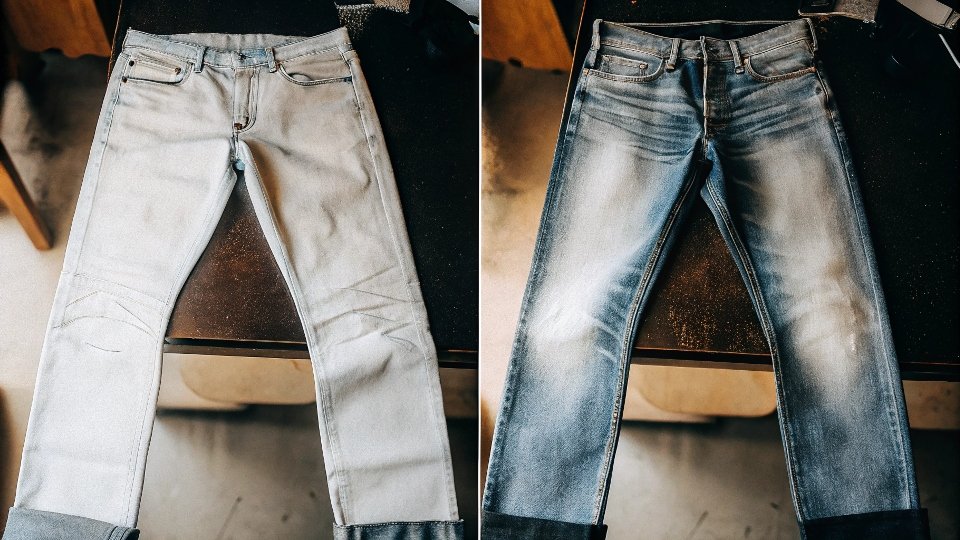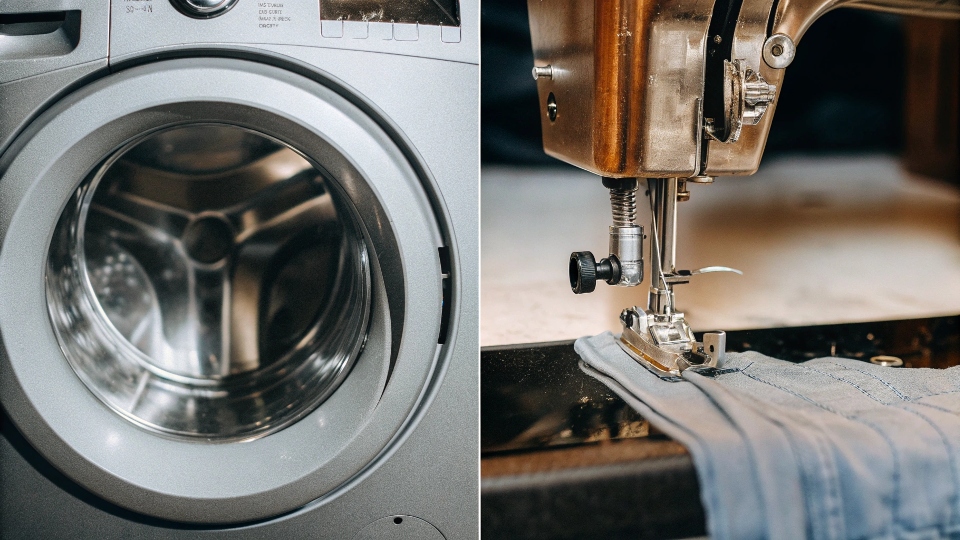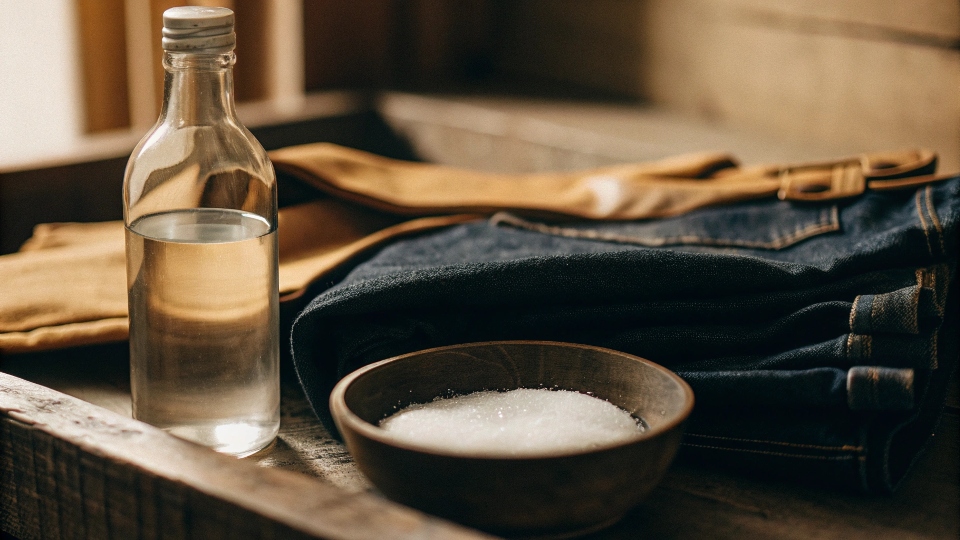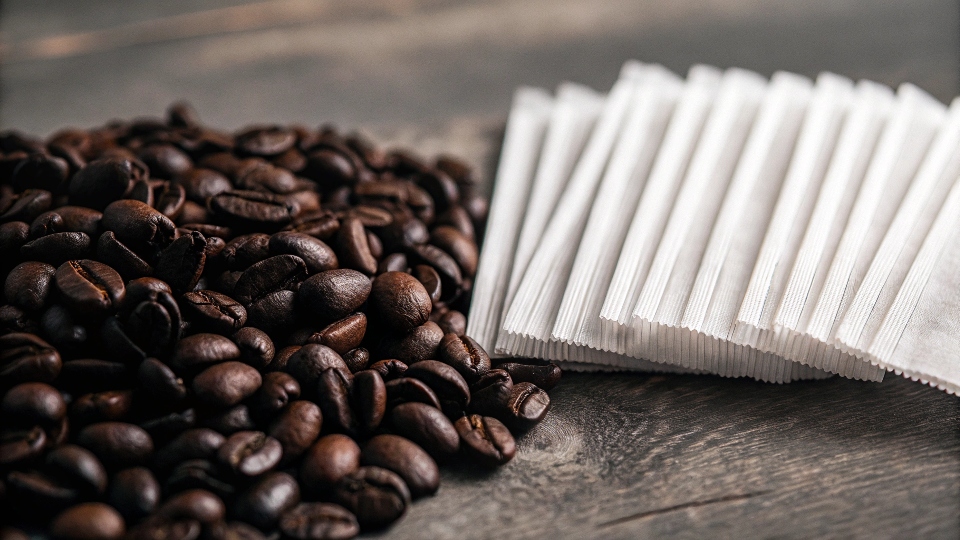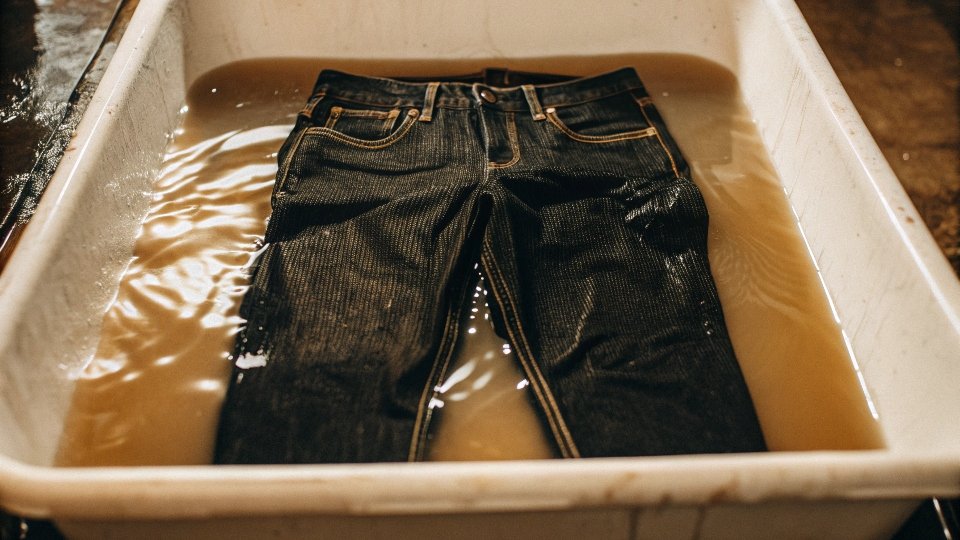Your favorite pair of dark jeans1 now look faded and worn out. You hate the idea of using messy, harsh chemical dyes to fix them, but you're not ready to give up on them.
Yes, you can easily make jeans darker without dye by soaking them in a solution of white vinegar to seal the color, or in cooled black coffee or tea to naturally deposit a darker tint onto the fabric.
In my two decades running the DiZNEW denim factory, I’ve seen millions of jeans come through our wash processes. Fading is a natural part of a jean's story, but sometimes you want to turn back the clock.
We use specialized techniques to control color, but the amazing thing is, you have some powerful, natural tools in your own kitchen. You don't need harsh chemicals to restore that deep, rich color. I'm going to show you how to use simple household items to bring your favorite jeans back to life.
How do I make my jeans darker?
You go through the effort of darkening your jeans, but the color seems to fade again after just a few washes. It feels like a temporary fix and a complete waste of your time.
The best way to keep jeans dark is to change how you wash them. Always wash them inside out, in cold water, with a gentle detergent2. Most importantly, avoid the dryer and air dry them in the shade.
Before you try to add color, you must learn to preserve it. The biggest reason jeans fade is because of how we care for them at home.
Heat and friction are the enemies of color retention3. In our factory, we can spend days perfecting a dark wash for a designer like Dean, but all that work can be undone with one bad laundry cycle.
Think of your washing machine as a high-friction environment and your dryer as a color-fading heat chamber. To protect the color, you have to minimize both. Washing inside out protects the outer surface from rubbing against the machine's drum.
Cold water prevents the cotton fibers from loosening and releasing dye molecules. And air drying avoids the intense heat that bleaches color.
| Do This | Why It Works |
|---|---|
| Wash Inside Out | Reduces friction on the outside fabric, preserving color. |
| Use Cold Water Only | Prevents dye from bleeding out of the cotton fibers. |
| Use a Gentle, Dye-Free Detergent | Harsh detergents and bleach strip color away. |
| Air Dry in a Shaded Area | Avoids heat and UV rays, which are both known to fade dye. |
How can I fix faded blue jeans without dye?
Your blue jeans have lost their deep, rich color. They look old and washed-out, but you're not ready to part with them just yet because the fit is still perfect.
Use a cold water soak with either white vinegar or salt. Vinegar tightens the cotton fibers and seals in remaining color, while salt helps reactivate and lock in dye molecules, making the existing color appear deeper.
These two methods don't add new color; they work with the dye that is already in the fabric. Think of them as natural "fixatives4," which is the industry term for chemicals that lock dye into place.
In the factory, we use fixatives to ensure a new pair of jeans doesn't bleed. You can use this same principle to restore faded jeans.
A vinegar soak tightens up the cotton fibers, making the surface smoother and less reflective, which your eye perceives as a darker color. It also helps lock in any loose dye molecules.
A salt soak5 works similarly, helping the remaining dye bond more strongly to the fabric. Neither will perform miracles on extremely faded jeans, but they are fantastic for bringing a dull pair back to life.
| Method | How It Works | Best For |
|---|---|---|
| Vinegar Soak | Tightens cotton fibers and neutralizes detergent residue, enhancing depth. | Restoring richness and softness to faded blue or black jeans. |
| Salt Soak | Helps "set" and lock in the remaining dye molecules in the fabric. | Preventing further fading and making the existing color look more vivid. |
How can I darken fabric without dye?
You want to darken some fabric, but you are intimidated by commercial dyes. You worry about the harsh chemicals, the mess, and the risk of accidentally ruining your clothes.
You can use natural tannins found in common household items like black coffee and black tea. When soaked in a cool solution, these tannins6 bind to cotton fibers, depositing a subtle, darker tint onto the fabric.
Tannins are one of nature's oldest dyes. They are the compounds that give color to things like wood, leather, and wine.
The reason this works so well on jeans is that denim is typically made from cotton, a natural fiber that readily absorbs tannins.
This process won't turn a light wash into a dark wash, but it's perfect for adding a layer of rich, transparent color over faded denim. The key is preparation. You must start with clean jeans.
Any dirt, oil, or fabric softener residue will block the tannins from binding evenly, resulting in a splotchy, uneven finish. A quick wash in cold water with a simple detergent is all you need.
Don't use fabric softener, and make sure the jeans are damp, not soaking wet, before you begin the process. Damp fibers are open and ready to accept the new color.
How do I darken jeans with coffee?
You've seen tips online about using coffee to darken jeans, but you're skeptical. You're worried about creating blotchy stains or making your jeans smell like a coffee shop forever.
Brew a very strong batch of black coffee, let it cool completely, then submerge your clean, damp jeans. Let them soak for 2-4 hours before rinsing with cold water until the water runs clear.
Using coffee is a classic home-dyeing trick. For it to work, you need a strong concentration and you must use it cold. Hot coffee will cause your jeans to shrink unevenly.
I recommend using a dark roast, as it has more tannins. The process is simple: brew the coffee, let it cool, and soak your jeans. Black tea works in the exact same way but gives a slightly different result.
The choice between them comes down to the color tone you want to achieve. After soaking, the rinse is the most important step. You must rinse until the water runs completely clear.
If you don't, the leftover coffee or tea residue can rub off on your skin or other furniture. Don't worry about the smell; it will fade completely once the jeans are dry.
| Natural Dye | The Steps | Color Result |
|---|---|---|
| Coffee | Brew strong coffee, cool it, soak damp jeans for 2-4 hours, then rinse well. | Gives a warm, rich, slightly brownish-dark tone. Excellent for dark blue or black jeans. |
| Black Tea | Steep 6-8 tea bags, cool the tea, soak damp jeans for 3-5 hours, then rinse. | Gives a cooler, softer, more vintage dark tone. Ideal for bringing life back to blue jeans. |
Conclusion
Reviving faded jeans doesn't require harsh dyes. Using simple kitchen ingredients and proper washing habits, you can easily restore and maintain that deep, rich color you love.
-
Explore methods to restore the rich color of your dark jeans without harsh chemicals. ↩
-
Learn why using a gentle detergent is crucial for maintaining the color of your jeans. ↩
-
Explore effective practices to maintain the vibrant color of your jeans. ↩
-
Learn about fixatives and their role in maintaining fabric color and quality. ↩
-
Find out how a salt soak can enhance the color and longevity of your jeans. ↩
-
Discover the natural properties of tannins and their use in dyeing fabrics. ↩

